



Lipidol® Ultra: Nutrient absorption enhancer
Beyond enzymatic digestion in the small intestine
The term “digestibility” has been traditionally used in swine nutrition to describe the nutritional quality of feed ingredients and diets. However, it is often overlooked that this term indeed contains two biochemical processes: digestion and absorption. The digestion process is enzymatic reaction occurring in the lumen which reduces the molecular size of polymerized nutrients (e.g., polysaccharides, peptides, and triglycerides) to smaller size molecules (e.g., monosaccharides, amino acids, and fatty acids). On the other hand, the absorption process is biological reaction which transports nutrients into enterocytes across the cell membrane. The structure of cell membrane consists of two layers of phospholipids, where their hydrophobic tails are facing each other as shown in Figure 1. Transporter proteins which are responsible for the nutrient uptake are located within the phospholipid bilayer and activated by their substrate-specific mechanisms. Some nutrients and micelles can directly penetrate the cell membrane by concentration gradient as simple diffusion.
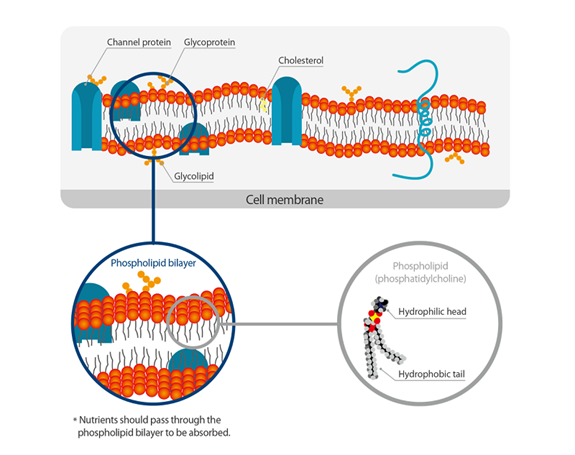
Figure 1. Structure and components of the cell membrane.
Many exogenous enzyme products have been widely used in swine diets as special feed ingredients to improve the digestion process of nutrients, but few special feed ingredients have been applied to improve the absorption process of nutrients. Lipidol Ultra is the special feed ingredient that can modulate the cell membrane of enterocytes and enhance the absorption of nutrients. Functional components of the Lipidol Ultra is lysophospholipids (LPLs) in which one fatty acid tail has been removed by hydrolysis. Dietary LPLs can be directly merged between phospholipids of the cell membrane and increase the fluidity (Figure 2), resulting in increased simple diffusion of nutrients as well as prolonged activation of transporter proteins. Therefore, feed efficiency of pigs will be improved by increased absorption of nutrients.
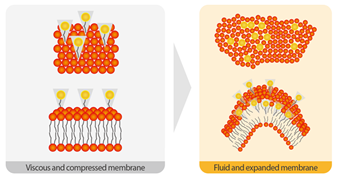
Figure 2. Mode of action of LPLs on the fluidity of cell membrane.
Improvements in performance of swine
An experiment reported by Kim et al. (2018) showed the improved total tract digestibility of nutrients and growth performance of growing pigs. The supplementation of LPLs in diets increased (P < 0.05) the apparent total tract digestibility of dry matter, gross energy, crude protein, and ether extract, regardless of the level of dietary animal fat (Figure 3). In addition, the average daily gain (ADG) and feed conversion ratio (FCR) of pigs were improved (P < 0.05) in diets containing LPLs than in the control diets from day 0 to 42 of experiment (Figure 4).
In addition, dietary LPLs also showed beneficial influences on lactation performance of sows (Jang et al., 2020). The addition of LPLs in sow diets increased (P < 0.05) litter body weight gain and reduced the mortality of piglets during lactation (Figure 5). Furthermore, the concentrations of unsaturated fatty acids including olelic, linoleic, eicosenoic, and eicosadienoic acids in milk were greater (P < 0.10) in sows fed LPLs than in those fed the control diet (Figure 6). The concentrations of myristic and palmitic acids in milk were reduced (P < 0.05) when sows were fed diets containing LPL.
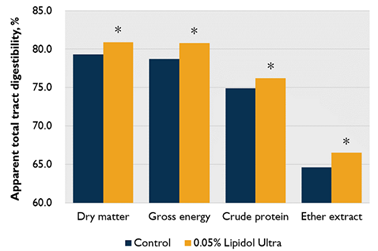
Figure 3. The apparent total tract digestibility of nutrients in diets containing LPLs fed to growing pigs (* P < 0.05).
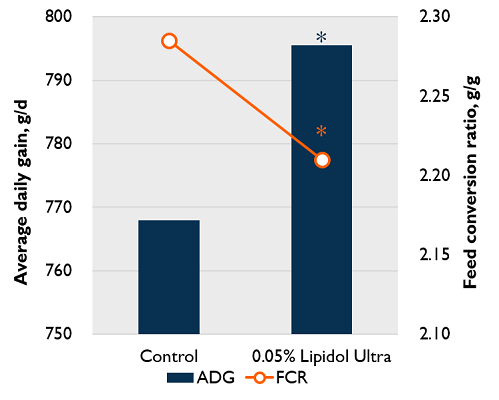
Figure 4. ADG and FCR of pigs fed diets containing LPLs (*P < 0.05).
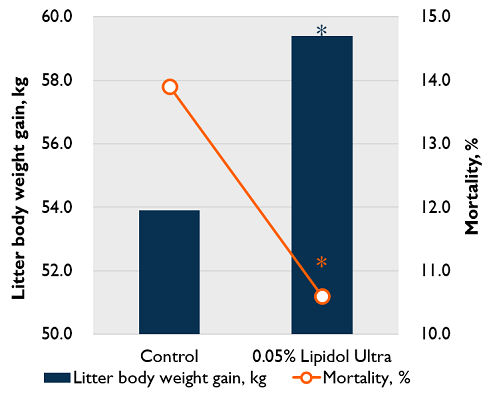
Figure 5. Litter body weight gain and mortality of piglets in sows fed diets containing LPLs (*P < 0.05). Litter size at the day 18 of lactation is average 11.9 in sows fed the control diet and 12.8 in sows fed a diet with 0.05% Lipidol Ultra (P < 0.05).
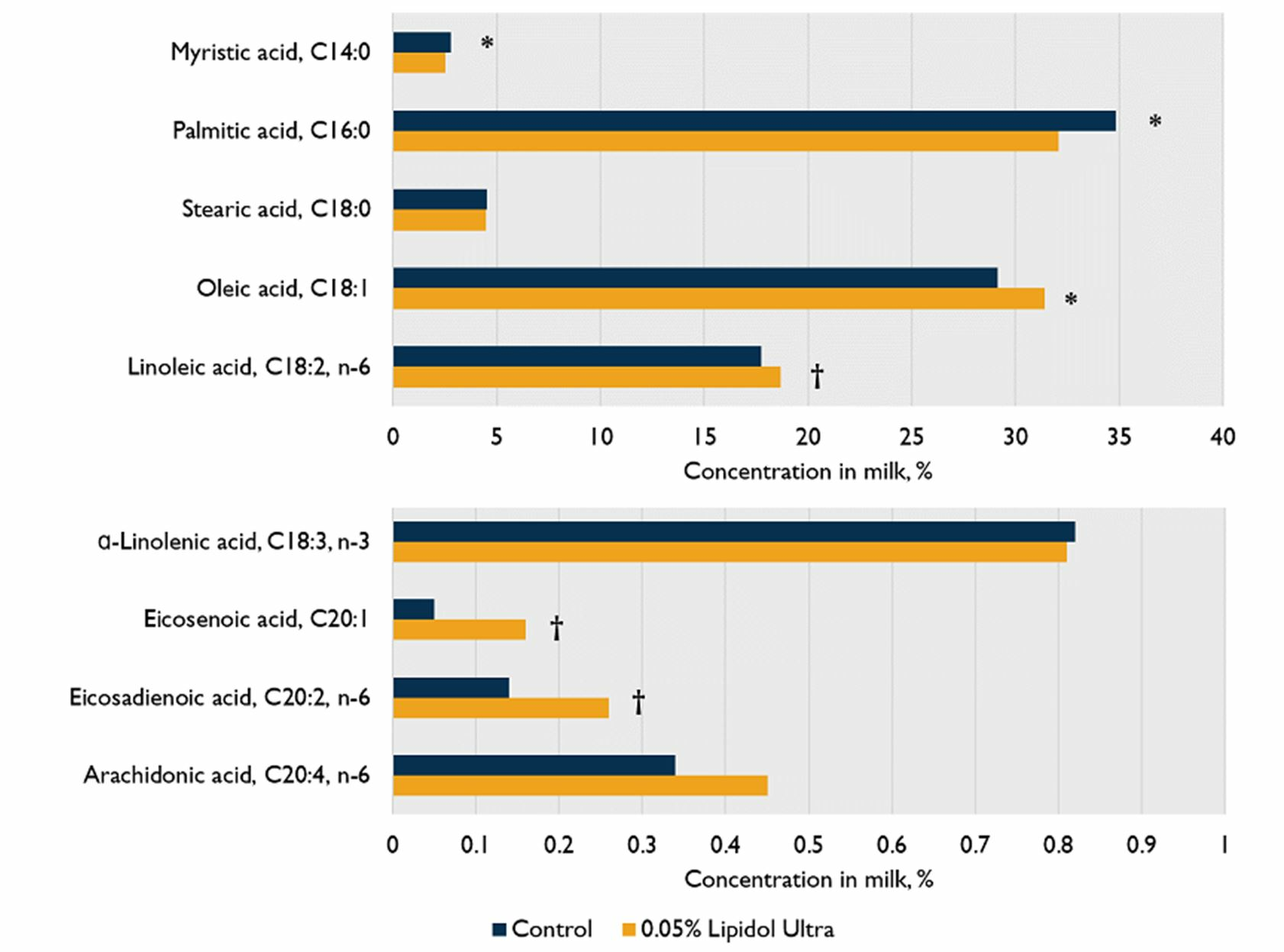
Figure 6. The concentration of fatty acids in milk of sows fed diets containing LPLs (* P
< 0.05; † P < 0.10).
Implications
Dietary supplementation of Lipidol Ultra as the source of LPLs directly enhances the absorption of nutrients by increasing the fluidity of cell membrane of enterocytes. Therefore, all pigs can be beneficially influenced by dietary LPLs regardless of their growth stage or gestation and lactation. Increased absorption of nutrients improves the feed efficiency of pigs and may contribute to the environment by reducing the excretion of unabsorbed nutrients. Furthermore, LPLs in sow diets improves the fatty acid composition of milk, leading to the increased growth of piglets.
(References are available upon request)








